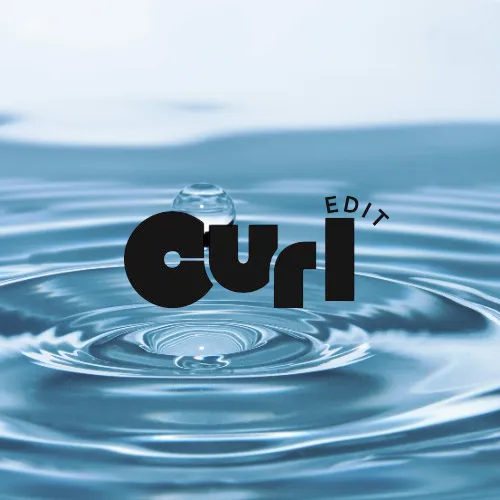
Hair Porosity and Why It Matters
How to Test Your Hair Porosity (and Why It Matters)
If you’ve ever wondered why some products seem to sit on top of your hair while others disappear in seconds — porosity might be the reason.
What is Hair Porosity?
Porosity refers to your hair’s ability to absorb and retain moisture. It’s one of the most important things to understand before building a curly hair routine — because it affects how you hydrate, condition, and style your curls.
There are three main levels:
Low Porosity: Hair resists moisture and dries slowly
Medium (Normal) Porosity: Hair absorbs and holds moisture well
High Porosity: Hair absorbs quickly but loses moisture just as fast
Why Does It Matter?
Knowing your porosity helps you:
Choose the right products (lightweight vs. rich formulas)
Know when to use heat or sealing oils
Understand why hydration isn’t lasting — or why your curls feel weighed down
The Simple At-Home Porosity Test
You can test your porosity right now with a few strands of clean, dry hair and a glass of water.
The Float Test:
Fill a clear glass with room-temperature water.
Drop a clean strand of your hair into the water.
Wait 2–4 minutes and observe.
Here’s what it means:
Floats at the top: You likely have low porosity hair. The cuticle is tightly closed, so water takes longer to absorb.
Sinks slowly to the middle: You likely have medium/normal porosity. Your hair absorbs moisture well and retains it.
Sinks quickly to the bottom: You likely have high porosity hair. The cuticle is open or damaged, so water rushes in — and out — quickly.
Bonus: Feel Test for Porosity
Another way to test? Feel your hair after rinsing conditioner.
Low Porosity: Water beads up and takes time to absorb.
Medium Porosity: Hair feels plump, soft, and evenly coated.
High Porosity: Hair feels thirsty again within hours, even after conditioning.
What To Do Next?
Once you know your porosity:
Low porosity: Use lightweight, water-based products and apply them with heat or steam to open the cuticle.
Medium porosity: Balance moisture and protein. Most products will work well for you.
High porosity: Layer rich, creamy moisturizers with sealing oils or butters to lock hydration in.
Bottom line: Testing your porosity is the first step in creating a hair routine that works with your curls, not against them.
Want to go deeper? Module 1 of the Curl Edit Method walks you through curl typing, porosity, density, and more — so you stop guessing and start knowing.
